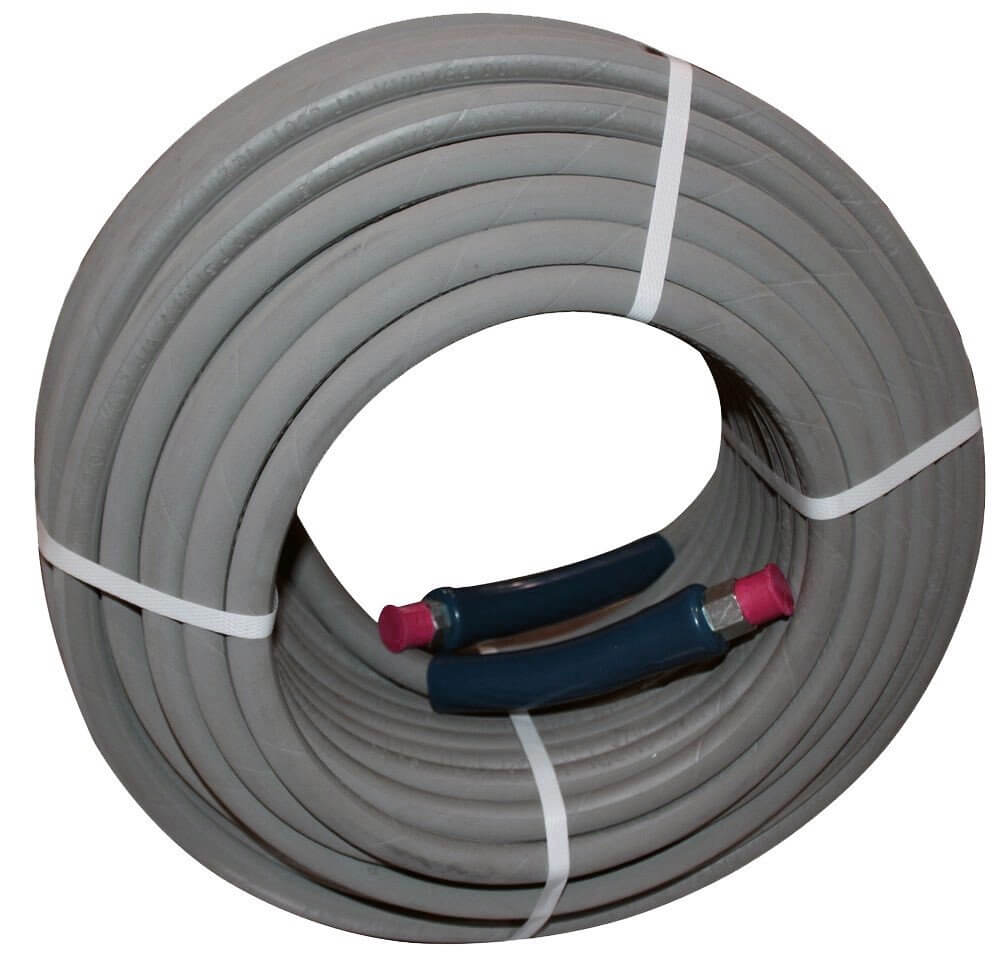In today’s competitive manufacturing landscape, optimizing costs is crucial for businesses to remain profitable. One area that significantly impacts manufacturing expenses is CNC machining costs. CNC (Computer Numerical Control) machining is a versatile and efficient manufacturing process that utilizes computer-controlled machines to produce precision components. Understanding the key factors that influence CNC machining costs can help businesses identify areas for cost reduction and improve their overall competitiveness. In this article, we will explore the various factors that contribute to CNC machining costs and provide insights on how to effectively reduce manufacturing expenses. Take a look here to learn more.
Material Selection:
The choice of materials directly affects CNC machining costs. Different materials have varying costs and machining properties. Generally, common metals like aluminum and steel are more affordable compared to exotic materials such as titanium or high-performance alloys. By carefully selecting the appropriate material based on the project requirements, businesses can achieve significant cost savings without compromising quality.
Design Optimization:
Efficient design plays a vital role in reducing CNC machining costs. Complex designs with intricate features require longer machining times and increase material waste. By optimizing the design for manufacturability, such as minimizing unnecessary details or reducing the number of setups, manufacturers can streamline the machining process and save both time and money.
Quantity and Batch Size:
The quantity and batch size of parts being machined have a direct impact on the overall cost. CNC machining can offer economies of scale, where larger production volumes often result in lower unit costs. By carefully analyzing the required quantity and strategically planning batch sizes, businesses can leverage volume discounts and optimize manufacturing costs.
Machining Time and Complexity:
The machining time and complexity of the part significantly influence CNC machining costs. Intricate designs, tight tolerances, and complex geometries require more extensive machining operations, increasing production time and costs. By simplifying the design or exploring alternative machining approaches, such as using standard tooling or reducing unnecessary operations, manufacturers can effectively reduce machining costs.
Tooling and Equipment:
Investing in high-quality tooling and equipment can lead to long-term cost savings. Although initial expenses may be higher, superior tooling and equipment can improve machining efficiency, reduce material waste, and minimize downtime for maintenance and repairs. Regular maintenance and proper tool selection are also crucial for extending the lifespan of tools and optimizing their performance.
Supplier Selection and Collaboration:
Choosing the right CNC machining supplier is essential for cost optimization. Working closely with a trusted and experienced supplier who offers competitive pricing, excellent quality control, and efficient communication can help businesses streamline their supply chain and reduce overall manufacturing expenses.
Conclusion:
CNC machining costs are influenced by various factors, ranging from material selection and design optimization to quantity, machining time, and equipment quality. By understanding these key factors and implementing effective cost reduction strategies, businesses can achieve significant savings while maintaining high-quality manufacturing. It is essential to continuously evaluate and optimize the manufacturing process to stay competitive in the dynamic market landscape. With a proactive approach towards cost reduction, CNC machining can become a valuable tool for driving profitability and success in the manufacturing industry.








